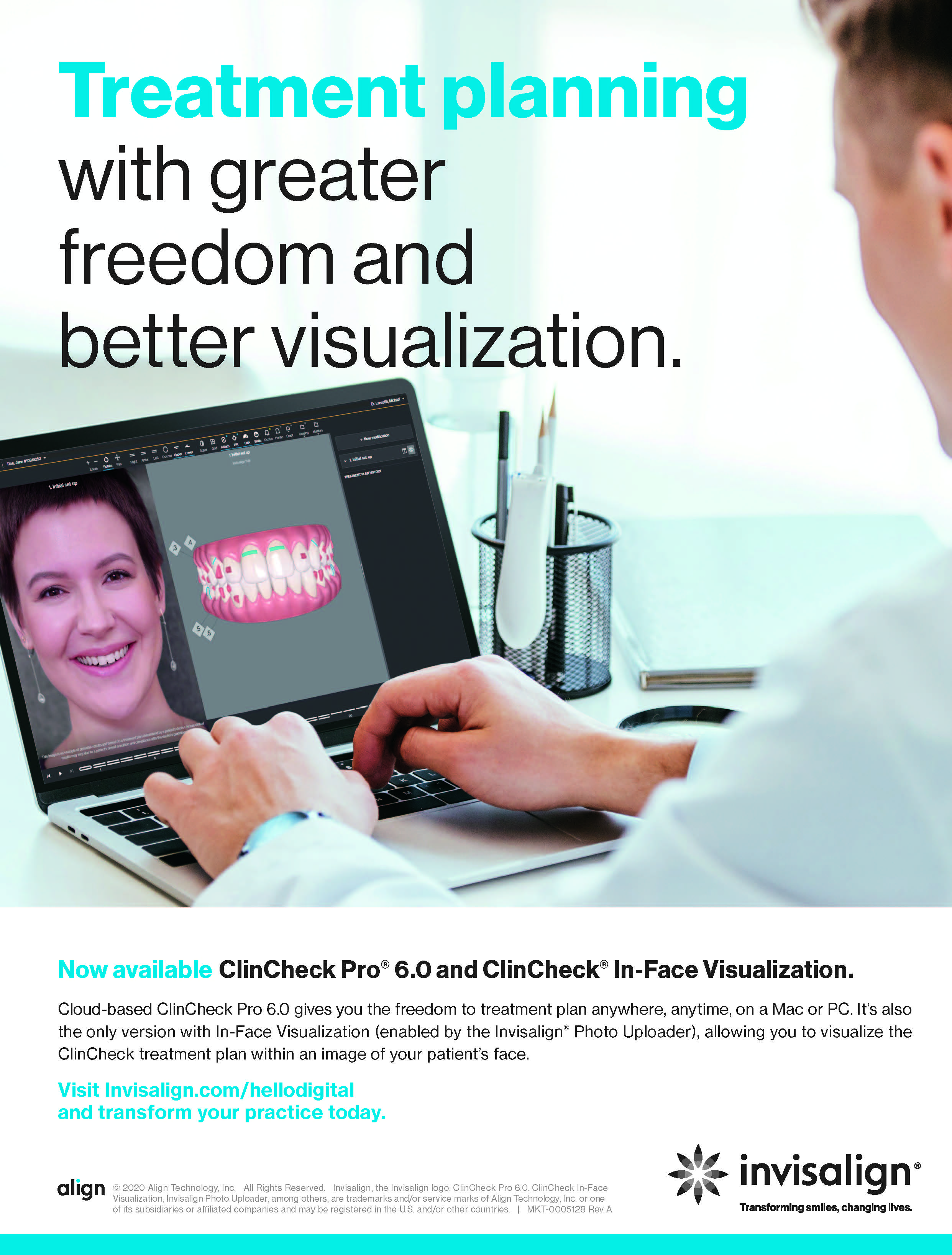This issue contains the last article in our three-part series presenting the results of our 2020 JCO Study of Orthodontic Diagnosis and Treatment Procedures. Since the survey is quite “granular,” to use a current idiom, it provides a great deal of knowledge about what practitioners are doing on a day-to-day basis. Why should this be of interest to our readers? Good question.
Over the past few decades, I have spoken on a relatively regular basis at the annual session of the AAO, covering topics ranging from enzyme activity in the crevicular fluid of orthodontic patients to practice management and, of course, the various surveys conducted by JCO. I have always noticed that the presentations I give on eclectic scientific topics have the lowest attendance, while those that deal with practice trends attract the most listeners. I learned this in a fairly harsh manner at my very first AAO presentation, summarizing the results of my graduate thesis: a tomographic study of the maxillae and palates of cleft-palate infants. Since this thesis had answered a decades-old question about whether cleft lip and palate were the result of a displacement or deficiency of tissue in newborns presenting with these deformities, and it had won the annual research award from the Northeast Society of Orthodontists, I thought it would be of some interest to AAO attendees. When I arrived at the lecture hall, the venue was packed. The speaker ahead of me was Dr. Hans Pancherz, the eminent German professor who was quite popular on the worldwide orthodontic lecture circuit at the time. When I saw the size of the audience, I was terrified, but resolute in my determination to give a confident and informative presentation. As it turned out, I didn’t have to worry. As soon as Dr. Pancherz finished his fascinating presentation on the rebirth of the Herbst appliance, everybody except my wife and my classmates left the lecture hall. I was devastated. I did find out that what really interests clinicians is “how does what I am doing compare with what everyone else in my specialty is doing?” Even though Dr. Pancherz was essentially describing a 100-year-old appliance, his lecture addressed what “everyone else” in Europe was doing to correct Class II malocclusions without depending on patient compliance.
Similar articles from the archive:
- THE EDITOR'S CORNER The State of the Specialty October 2014
- THE EDITOR'S CORNER The State of the Profession January 2009
- THE EDITOR'S CORNER Progress and Tradition October 2002
In our JCO Study of Orthodontic Diagnosis and Treatment Procedures, we answer the same question: How does what am I doing compare with what everyone else is doing? As noted in the introduction, this year’s Study, like that of 2014, was conducted online using questions similar to those of the preceding five studies (2008, 2002, 1996, 1990, and 1986), which were done by mail. We’d like to thank the hundreds of clinicians who took time to answer the survey and thereby provide important data for their colleagues. I should note that any results regarding income and numbers of cases refer to the year 2019, meaning the effects of the COVID-19 pandemic are not reflected therein. Part 1 (JCO, October 2020) reported on trends in orthodontic practice over the years since our first survey, including demographics, diagnostic records, fixed and removable appliances, banding and bonding, extraction patterns, finishing and retention, and other treatment modalities. Part 2 (JCO, November 2020) broke down the most important diagnostic and treatment methods in three categories: number of years in practice, geographic region, and gross income level. This month, Part 3 further subdivides the respondents according to their choice of appliance prescription.
You can use our analysis of “what everyone else is doing” to evaluate the efficacy of your own diagnostic and treatment methods. Some of the findings are consistent with previously noted trends—for instance, a gradual increase in the percentage of adult cases. Other results are somewhat surprising, like a decline in the use of self-ligating brackets. Megatrends that surfaced in the first two articles can lead the reader to some interesting theories. For example, after perusing these data, I have to wonder whether bands and brackets will still be around in 10-15 years.
I’m sure our readers will come to their own conclusions about the future of orthodontics based on their interpretation of this survey. See what you think.
RGK





COMMENTS
.